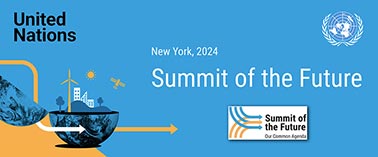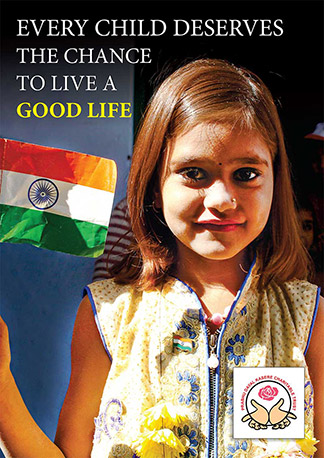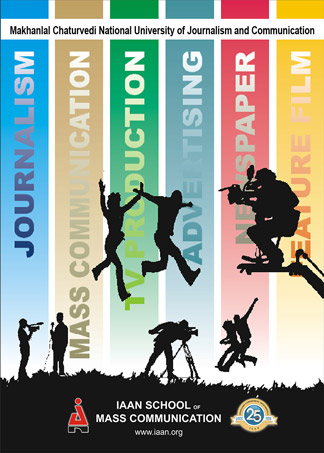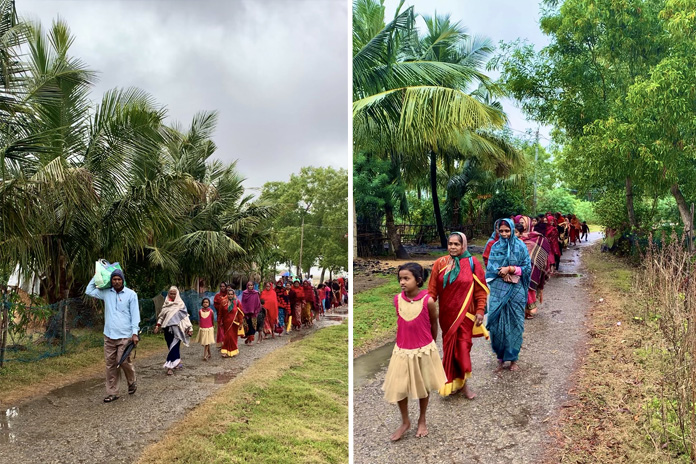
Imagine you were a small child or an adult living in a rural coastal village in eastern India when the 2004 Indian Ocean Tsunami struck. Giant waves of tsunami water flooded your home and destroyed everything and everyone you know… forever. Now fast forward to 2024. There is a small child in the same coastal village. Only now, the village is armed with a tsunami early warning alert system, rehearsed evacuation plans and community-wide awareness and training of what to do when a tsunami strikes.
In these two contrasting realities – lies the story of a small revolution that is sweeping the nation – India’s journey towards becoming ‘Tsunami Ready’.
This significant revolution is possible thanks to UNESCO, a specialised agency of the United Nations, which stands for the United Nations Educational, Scientific and Cultural Organisation, and its 20 years of Action in alerting, preparing and understanding tsunamis.
A Catastrophe that Changed the World
The 2004 Indian Ocean Tsunami, was one of the deadliest natural disasters of the 21st century claiming 2,27,000 lives across 15 countries.
This cataclysmic event spurred UNESCO into action, with the Agency taking the lead through the Intergovernmental Oceanographic Commission. Since then, for the past 20 years UNESCO has built and coordinated a global tsunami warning and mitigation system. This system raises an alert when a possible tsunami is detected in the oceans, giving coastal communities precious time to evacuate and get to designated tsunami shelters. The organisation also works to prepare around 700 million people living in “tsunami at-risk” coastal areas across the world, by organising tsunami preparedness, response plans and community drills.
India’s bold steps towards preparedness
In the Indian context, after the 2004 Tsunami, UNESCO established the Intergovernmental Coordination Group for the Indian Ocean Tsunami Warning and Mitigation System (ICG/IOTWMS) in 2005, encompassing 27 member states bordering the Indian Ocean to address tsunami-related risks. At a national level, India learnt from the disaster and horror of the 2004 Tsunami, establishing the National Disaster Management Authority and took proactive steps by setting up the Indian Tsunami Early Warning Centre (ITEWC) at the Indian National Centre for Ocean Information Sciences (INCOIS) in Hyderabad, under the Ministry of Earth Sciences. Today this Centre serves as the national authority for issuing tsunami advisories and plays a crucial role as part of the Global Tsunami Warning and Mitigation System, coordinated by the Intergovernmental Oceanographic Commission (IOC) of UNESCO.
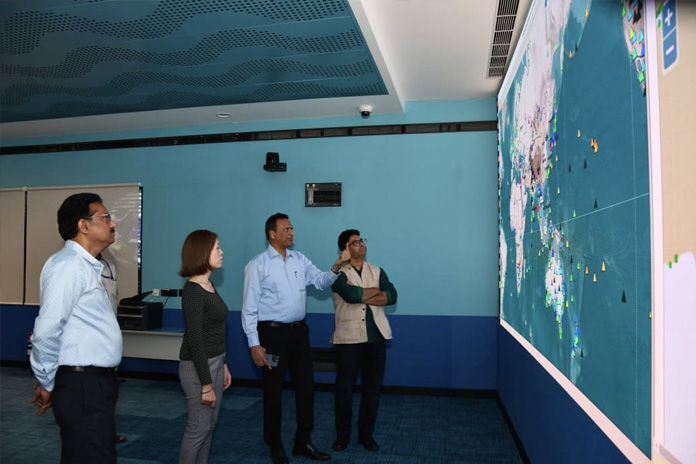
With rapid advancements in technology and sensor capabilities, scientists can now detect large undersea Indian Ocean earthquakes in real time and provide tsunami warnings within 10–20 minutes of such earthquakes, benefiting not only India but also the 27 member states in the region, reinforcing India’s role in the regional tsunami warning network. Large undersea earthquakes are most often the root cause of tsunamis in the oceans.
UNESCO’s Tsunami Ready Recognition Programme
In 2022, UNESCO established the Tsunami Ready Recognition Programme as the global standard for measuring tsunami preparedness and this year in 2024, Twenty four villages in Odisha, an eastern state in India were declared Tsunami-ready by UNESCO IOC. Under the programme, local and village communities and clusters are awarded the coveted ‘Tsunami-Ready’ status, after intense preparation, training, infrastructural and alert systems being put into place. For the local residents, it is an honour to be certified by UNESCO and an essential way to protect themselves and their loved ones from tsunamis and other natural calamities. The recognition and certification is renewed every 4 years to ensure that the tsunami-ready systems and practises are being followed by the local communities.
The recognition is based on 12 specific indicators, achieved through a series of well-planned activities aimed at building resilience against tsunamis and include – Training and Capacity Building, Community Awareness Programs, Distribution of Tsunami Awareness Materials, Preparation of Tsunami Management Plans, Conducting Mock Drills, Identifying Evacuation Routes, Designating Tsunami Shelters, Installation of Tsunami Hoardings and Signages etc.
A Field Visit to the Frontlines of Readiness
In celebration of UNESCO’s twenty years of tsunami action, journalists recently visited Kaitha, a small coastal village in the Kendrapara district, located about 150 kms from Bhubaneswar, the capital city of Odisha and to INCOIS, in Hyderabad. The visit organised by UNESCO South Asia, showcased the strides India has made under the ‘Tsunami Ready’ Recognition Programme. The delegation was led by Srinivasa Kumar Tummala, Head of ICG, IOTWMS Secretariat.
Talking to the journalist delegation, Srinivasa explained that there are three fundamental pillars of IOTWS, which include Risk assessment, Detection of Tsunami, warnings and Community awareness and preparedness. In this, INCOIS takes care of detecting tsunami through world class equipment and sends the alerts to the respective state disaster management authorities which further spread the alerts to the districts and then to communities living in the vulnerable areas. Srinivasa had earlier headed INCOIS.
In Kaitha, the delegation witnessed evacuation drills, community engagement programmes and life saving techniques, which were demonstrated by the community as part of their tsunami and cyclones preparation measures. At the Odisha State Disaster Management Authority in Bhubaneswar, demonstration was given of the Early Warning Dissemination System (EWDS), which includes information distribution through digital mobile radio, alert tower sirens, mass message system, satellite based mobile data voice terminals and a universal communication interface system – signifying the important strides India has taken in disaster management.
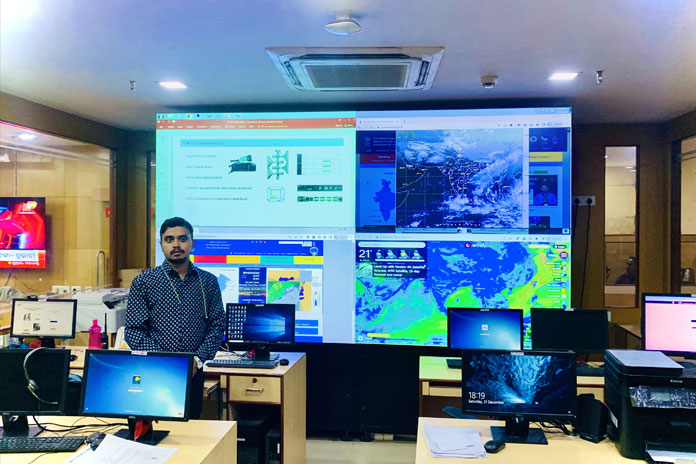
A stark contrast to 2004
Today, as the entire Indian Ocean region solemnly observes the 20th anniversary of the 2004 Tsunami, the work of UNESCO IOC and INCOIS is of singular importance. Experts have calculated that it took the 2004 Indian Ocean Tsunami at least 2 hours to reach the shores of India. But at the time, there was no alert, no system, no warning in place. Tens of thousands of Indian citizens and hundreds of thousands of people across the Indian Ocean Region died, all of whose deaths could have been easily prevented.
Now in 2024, the progress achieved over two decades stands as a beacon of hope. India’s journey to becoming a ‘Tsunami Ready’ nation is ongoing, with each step taken— each village prepared — representing a victory against nature’s unpredictable fury. Through technological advancements, community engagement, and international collaboration, India is steadily turning the tide. The transformation is quiet but profound, ensuring that never again will the Indian people face the devastation of a tsunami unprepared.
(The author was part of the UNESCO journalist delegation for the Tsunami Preparedness field visit in Odisha)






